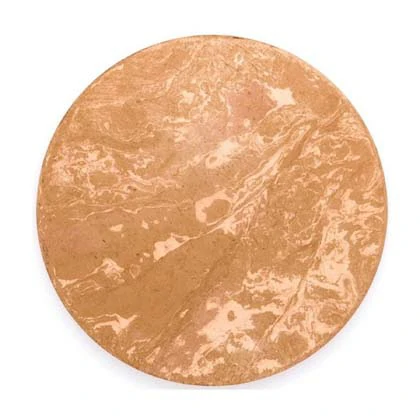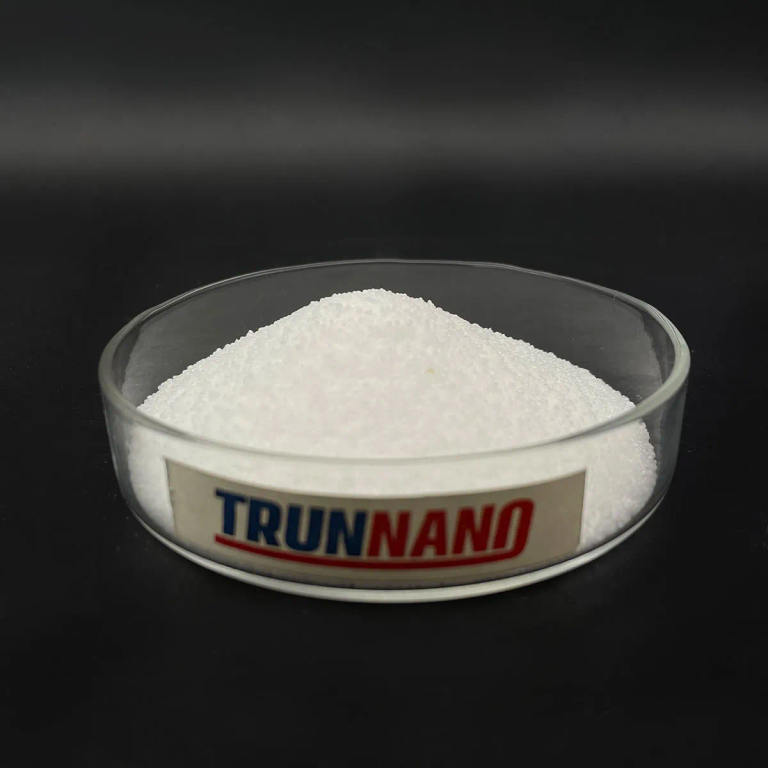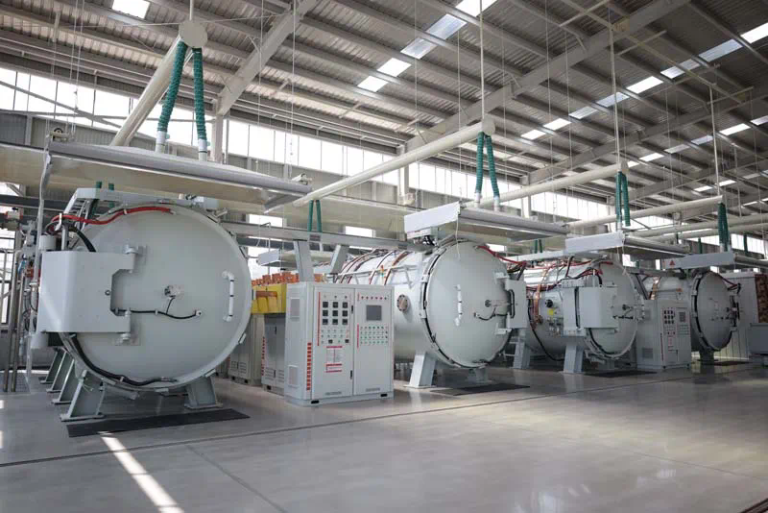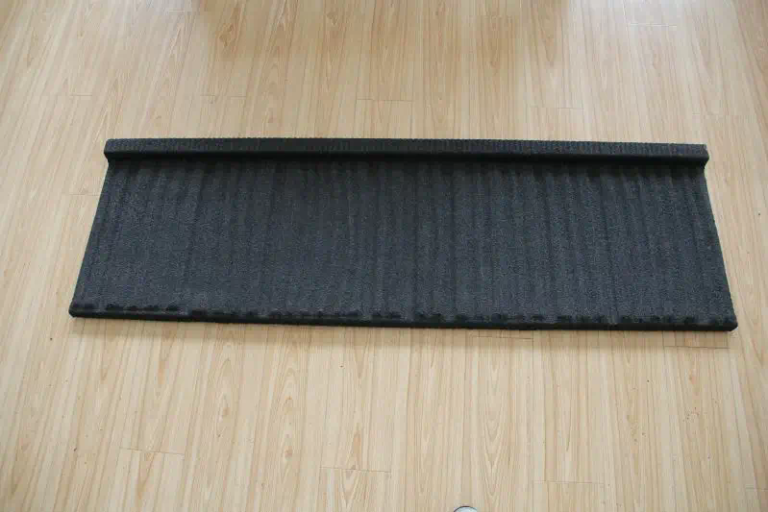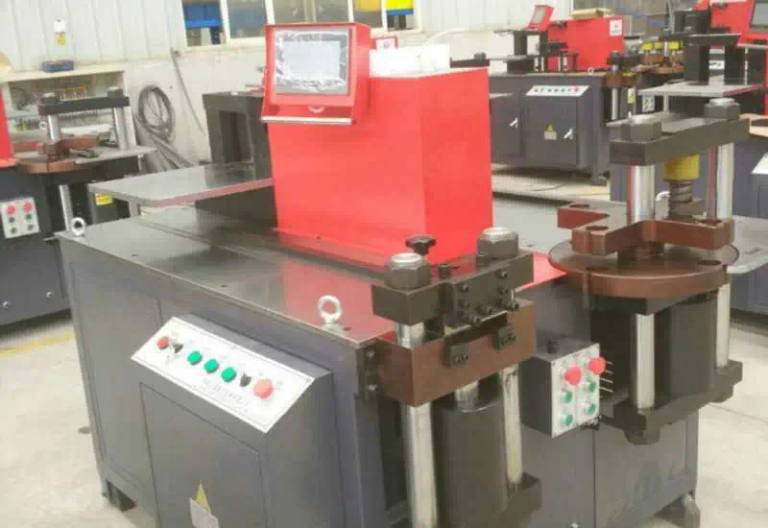Carbon nanomaterials have been at the forefront of scientific research in recent years, with graphene often stealing the spotlight as the material leader. However, there are other carbon-based materials that are equally promising and more down-to-earth than graphene. In this article, we will explore these alternative carbon nanomaterials and their potential applications in the future carbon-based era.
One such material is carbon nanotubes (CNTs), which are cylindrical structures made entirely of carbon atoms. CNTs possess exceptional mechanical, electrical, and thermal properties, making them an ideal material for various applications. With a tensile strength 100 times stronger than steel, CNTs can be used to reinforce composite materials, resulting in lightweight yet strong structures. Additionally, their excellent electrical conductivity enables their use in electronics, such as transistors and interconnects, paving the way for faster and more efficient devices.
Another intriguing carbon nanomaterial is carbon dots (CDs), which are small fluorescent nanoparticles composed of carbon atoms. CDs have drawn significant attention due to their unique optical properties and biocompatibility. They exhibit strong fluorescence emission, which can be tuned by controlling their size and surface functionalization. This makes CDs promising for applications in optoelectronics, such as displays and lighting, as well as in bioimaging and drug delivery systems.
Furthermore, carbon nanofoam (CNF) is a highly porous material with interconnected carbon networks. CNF has a low density, high surface area, and thermal stability, making it suitable for various applications. Its high porosity enables it to be used as a catalyst support in fuel cells, where it enhances the efficiency of energy conversion. Additionally, CNF’s thermal stability makes it an excellent candidate for insulation materials in extreme conditions, such as in spacecraft or deep-sea exploration.
Carbon quantum dots (CQDs) are another emerging class of carbon nanomaterials with unique properties. These nanoscale carbon structures have electronic properties that differ significantly from bulk carbon materials. CQDs exhibit quantum confinement effects, resulting in tunable optical and electronic properties. These properties make CQDs attractive for applications in solar cells, sensors, and even quantum computing.
Moreover, carbon nanoribbons (CNRs) are narrow strips of graphene with exceptional electronic properties. CNRs possess unique bandgaps that allow for efficient charge transport, making them promising candidates for next-generation electronics. They can be integrated into transistors and other electronic components, enabling the development of faster and more energy-efficient devices.
In conclusion, while graphene has been the star of carbon nanomaterials, there are alternative materials that are equally promising and more down-to-earth. Carbon nanotubes, carbon dots, carbon nanofoam, carbon quantum dots, and carbon nanoribbons all offer unique properties and potential applications in various fields. As we enter the future carbon-based era, these materials hold great promise for revolutionizing industries such as electronics, energy, medicine, and beyond. Continued research and development in these carbon nanomaterials will undoubtedly pave the way for new discoveries and technological advancements.
.webp)














